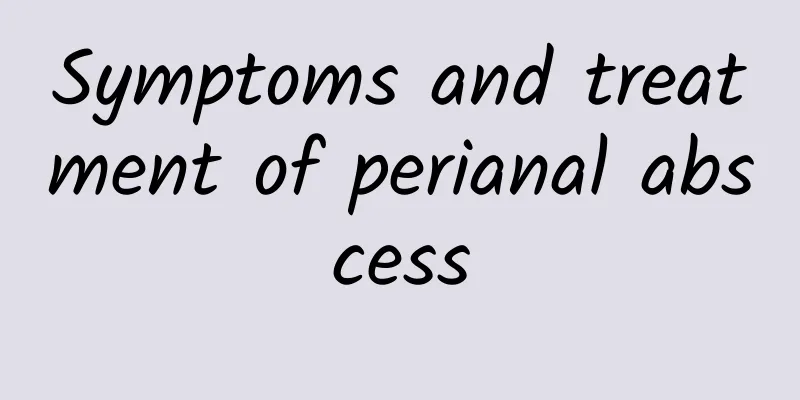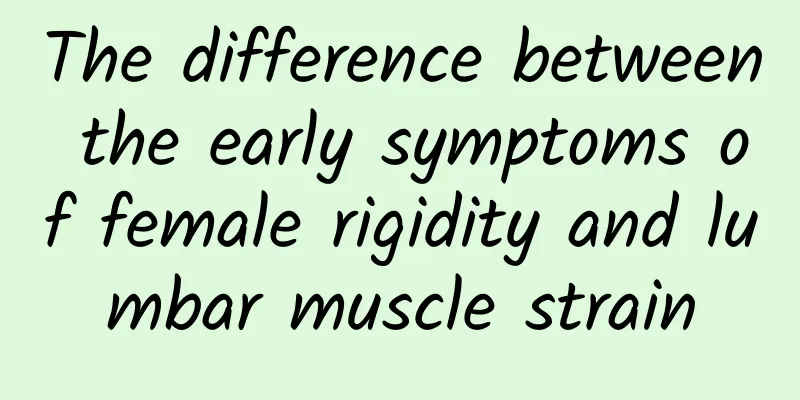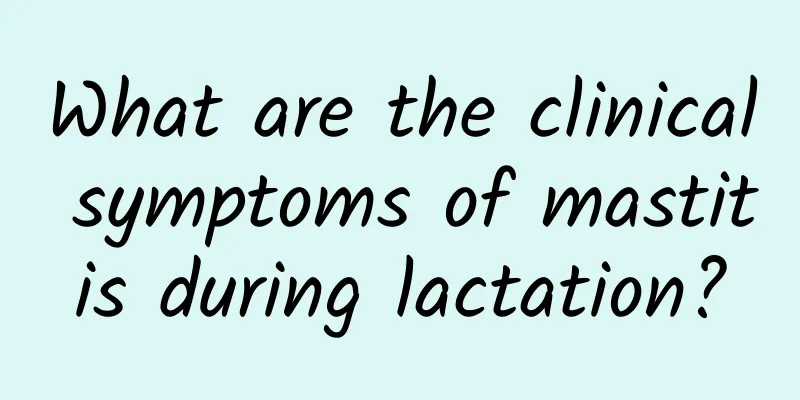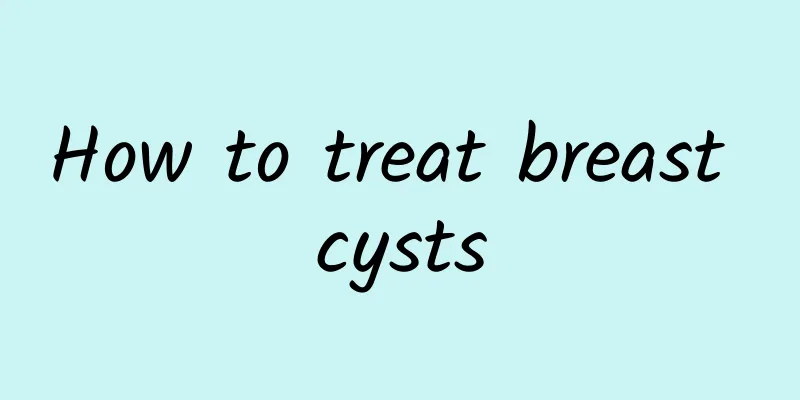Symptoms of painlessness
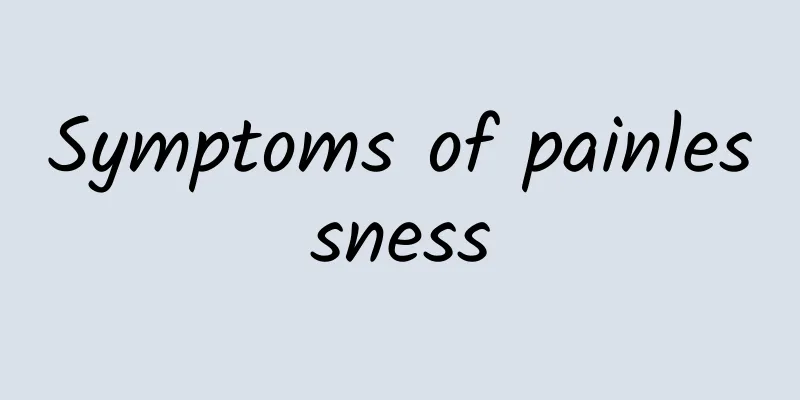
|
Analgesia sounds like a "superpower" that allows people to no longer feel pain. However, in fact, this situation may be much more complicated than imagined. Analgesia, also known as congenital analgesia, is a rare genetic disease in which patients face many risks due to their lack of pain perception. The main manifestation of analgesia is the lack of pain perception. For ordinary people, pain is a protective mechanism that allows us to take action when we are injured or sick. However, for people with analgesia, they may not have any pain response when they are injured. This means that they may ignore injuries in their body due to the lack of pain warning. For example, a broken bone, burn or infection may become serious without knowing it because the patient has no pain to remind them that they need treatment. In addition to the lack of perception of pain, people with analgesia may also be insensitive to temperature changes. They may not be able to feel extremes of hot and cold, causing physical harm without knowing it. This condition can be dangerous in daily life, such as accidentally getting burned while cooking or not realizing the risk of frostbite in winter. Being pain-free is not just a physical challenge, it can also have an impact on mental health. Because they can’t feel pain, people with this condition may experience more accidental injuries as they grow up, leaving them with permanent damage. This can cause anxiety or depression because they need to spend more energy protecting themselves, or feel inferior because of their physical injuries. For people without pain, it is especially important to know their limitations and take appropriate precautions. Family members and caregivers also need to pay special attention to patients to ensure they are living without potential dangers. This may include regular physical examinations to ensure there are no undetected injuries and taking extra safety measures during daily activities. Although painlessness means that people no longer feel pain, it also brings many challenges. In daily life, pain is an important signal from our body that helps us avoid injury and disease. For people with painlessness, understanding the manifestations and potential risks of this disease is an important step in protecting their health. Through scientific management and preventive measures, they can better cope with challenges in life and enjoy a safer life. |
>>: What are the symptoms and treatment of gallstones?
Recommend
What should you pay attention to in your diet after breast cyst surgery?
After breast cyst surgery, the diet should be lig...
What are the serious consequences of breast cysts?
Breast cysts are usually benign lesions, but if n...
What foods are good for breast cysts
Patients with breast cysts can choose more low-fa...
Can congenital hydrocephalus be cured?
Congenital hydrocephalus can be effectively contr...
What foods can help mixed hemorrhoids heal quickly?
Patients with mixed hemorrhoids can relieve sympt...
Symptoms of knee meniscus injury
Meniscus injury is generally caused by heavy phys...
Does breast hyperplasia need treatment?
Breast hyperplasia is a benign disease and usuall...
Is it normal to have gallbladder polyps at a 16 year old?
Gallbladder polyps at the age of 16 are uncommon,...
How to treat knee bone spurs and walking pain?
Pain from walking caused by knee bone spurs can b...
Can I eat mushrooms if I have cervical spondylosis?
Patients with cervical spondylosis can eat shiita...
Is breast cyst the best treatment for breast cancer?
Breast cysts are not breast cancer, but they may ...
How long can you live without treatment of gallstones?
Gallstones are usually not life-threatening, but ...
How to care for patients with gallstones
After suffering from gallstones, scientific and r...
What is the best medicine for gallstones?
Gallstones have always been a health problem that...
Nursing of interventional treatment of thoracic aortic aneurysm
The focus of interventional treatment care for th...




